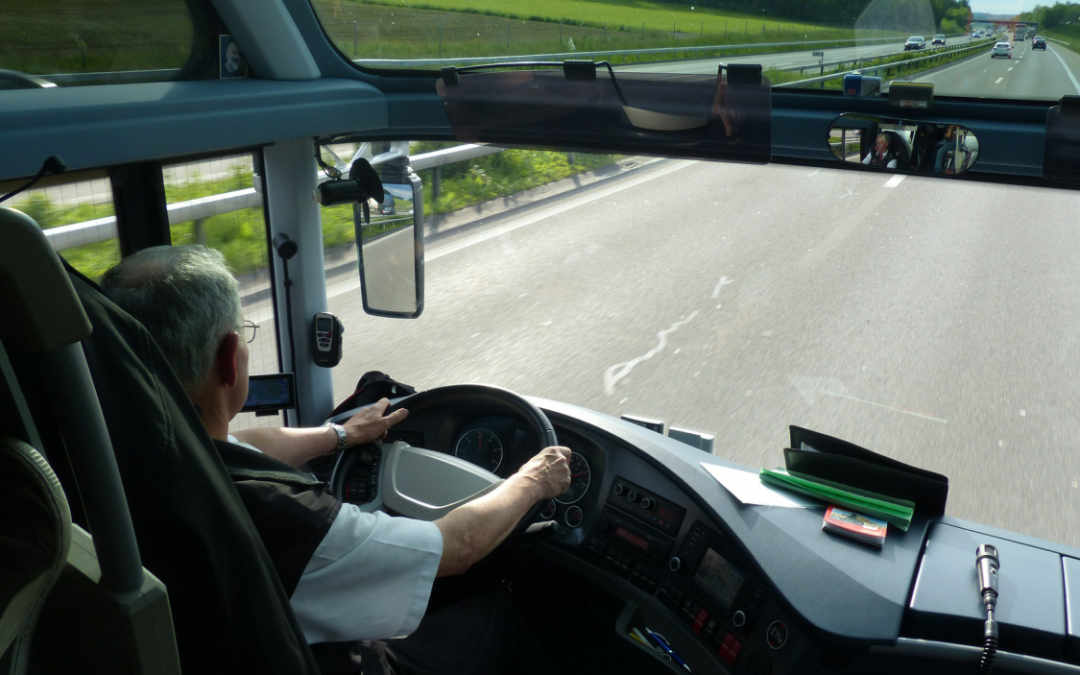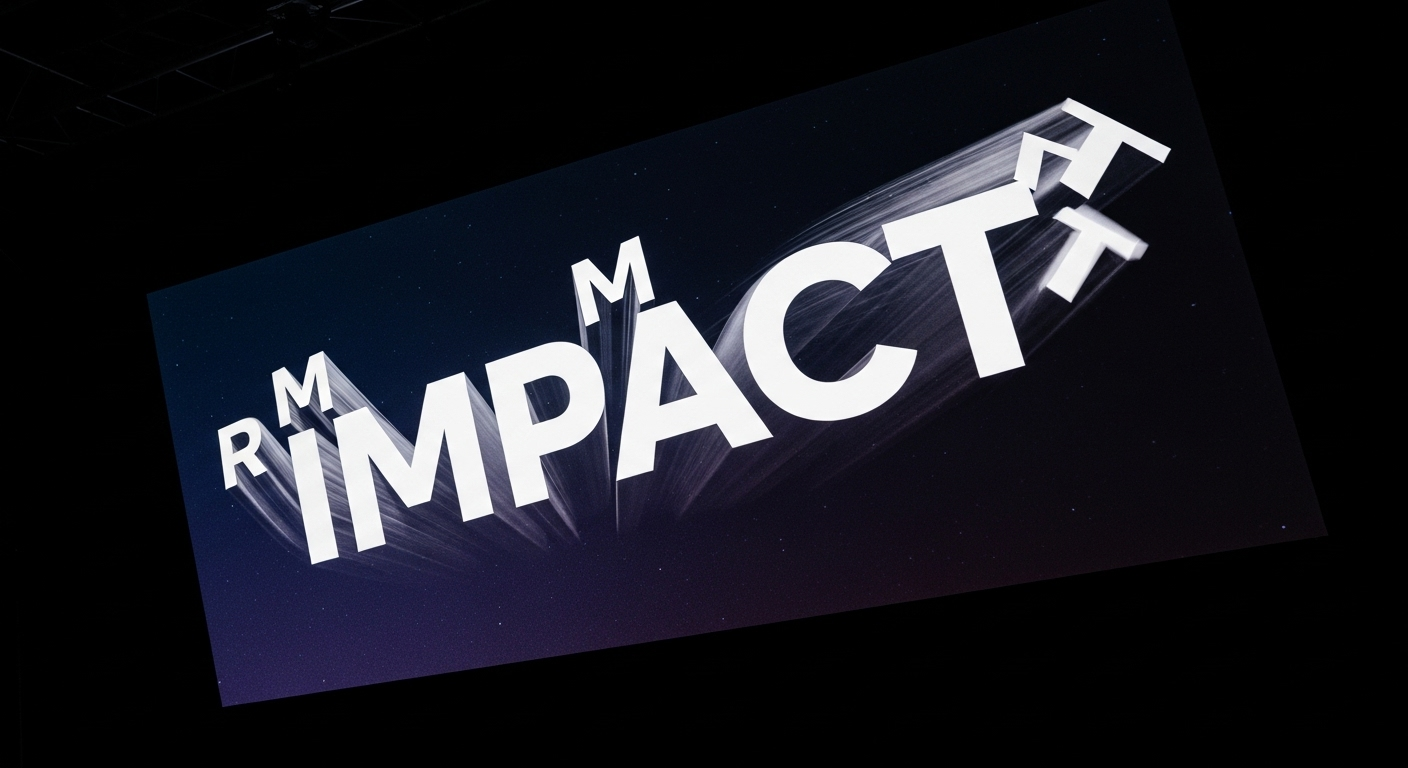Understanding Accident Reports: What the Document Includes
An accident report is a formal record created after an incident on the road, intended to capture facts about an accident to support insurance, legal, and administrative processes. These reports often become an official document that details who was involved, where and when the accident occurred, and what the reporting authority observed. Accuracy matters: an incomplete or inaccurate report can complicate claims, legal disputes, or medical follow-up. Knowing what belongs in an accident report, how to obtain one, and how it may be used can help people protect their rights and clarify next steps after a car crash.

What an accident report records
An accident report typically documents the basic factual elements of an accident: date, time, and exact location; parties involved and their contact or insurance details; vehicle makes, models, and registration numbers; visible damage; injuries reported at the scene; witness names; and weather or road conditions. Officers often include a narrative or diagram showing vehicle positions and movements. Photographs or references to evidence (skid marks, traffic signals) may be noted. The report aims to set out observable facts, not legal conclusions about fault, although some reports may include officer opinions about contributing factors.
How a report becomes a legal document
When a law enforcement officer completes and signs an accident report, it becomes an official legal document maintained by the issuing agency. That document can be submitted to courts, insurance companies, or regulatory bodies and is often admissible as a record of facts observed at the time. Its legal weight varies by jurisdiction and case: a report is one piece of evidence rather than definitive proof. Parties may supplement the report with medical records, photographs, and sworn statements. Where routine filing requirements apply, failure to produce or obtain a report within specified timeframes can have legal or administrative consequences.
What to include after a car crash for the report
After a car crash, prioritize safety and medical attention. If possible, ensure vehicles and people are moved to safety, then contact emergency services so an officer can create an official accident report. Exchange contact and insurance details with other drivers and collect witness names and statements. Take photos of vehicle damage, road markings, signage, and the broader scene. Note the time, weather, and any immediate medical care provided. When available, obtain the report number, the name and badge of the responding officer, and instructions for requesting a copy of the final report, since those details help when filing an insurance claim or seeking legal advice.
Who files and accesses the accident report
Accident reports are usually prepared by responding police or highway patrol officers; in some places, drivers must also file a separate report with a motor vehicle department within a set period. Access to the report can be public or restricted depending on local laws—some jurisdictions allow anyone to request reports, while others limit access to involved parties, insurers, or attorneys. Many jurisdictions offer online retrieval through local services or the relevant agency’s database. If data privacy or errors are a concern, jurisdictions often provide a process to request corrections or to redact certain personal information.
Using accident reports in insurance and legal processes
Insurers use accident reports to open claims, verify details, and assess liability or damage estimates; adjusters may combine the report with repair estimates and medical bills. In legal contexts, reports can support timelines, show contemporaneous observations, and corroborate witness testimony, but they do not replace thorough investigation or expert analysis. For complex or disputed cases, parties often preserve the report and related evidence (photos, surveillance, vehicle inspections) while seeking legal counsel. Keep in mind that reports may be updated or supplemented later, and presenting other documentation alongside the report strengthens a case.
Accident reports are practical records that document what happened and help officials, insurers, and courts evaluate outcomes after a car crash. Ensure the initial report is as accurate as possible, obtain a copy through local services or the issuing agency, and retain supporting materials such as photographs and medical records. Where legal or insurance disputes arise, consider consulting a qualified professional to interpret how the report interacts with other evidence and applicable laws; the report itself is an important tool but typically one part of a broader process.





